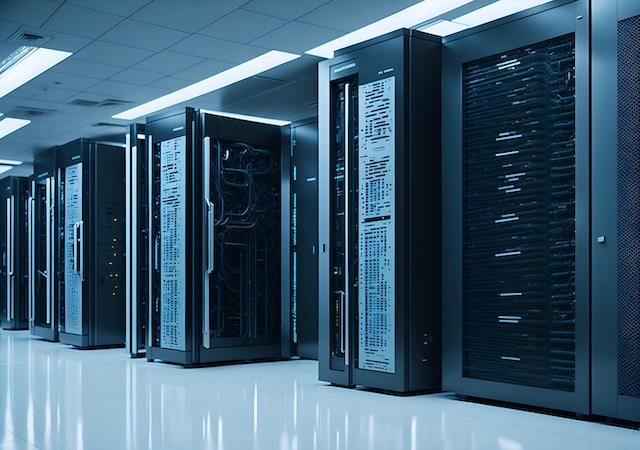February 27th, 2025
AI Microsoft
In a surprising move, Microsoft has announced plans to reduce its spending on artificial intelligence (AI) data centers, signaling a potential shift in its strategy amid the intensifying global AI race. The decision comes as the tech giant reevaluates its investments in the rapidly evolving AI landscape, where companies are racing to build infrastructure capable of supporting advanced AI models like OpenAI’s GPT and other generative AI technologies.
Microsoft has been one of the most aggressive players in the AI space, investing billions of dollars in AI research, development, and infrastructure. The company’s partnership with OpenAI, which began in 2019, has been a cornerstone of its AI strategy. Microsoft has integrated OpenAI’s models into its products, including Azure, Bing, and Microsoft 365, positioning itself as a leader in enterprise AI solutions.
To support these ambitions, Microsoft has been heavily investing in data centers, which are critical for training and deploying large-scale AI models. These facilities require massive amounts of computing power, energy, and cooling systems, making them incredibly expensive to build and maintain. In recent years, Microsoft has expanded its data center footprint globally, with a focus on regions where AI demand is growing rapidly.
The decision to scale back AI data center spending raises questions about Microsoft’s long-term strategy. While the company has not provided detailed reasons for the cutbacks, several factors may have influenced the decision:
Microsoft’s decision to reduce AI data center spending could have far-reaching implications for the AI industry. On one hand, it may signal a maturing market where companies are shifting from infrastructure expansion to optimization and innovation. On the other hand, it could create opportunities for competitors to gain ground in the AI race.
For Microsoft, the move could allow the company to focus on differentiating itself through software and services, rather than competing solely on infrastructure. By leveraging its existing data center capacity and investing in AI research, Microsoft could develop more efficient and powerful AI models that require less computational resources.
However, the cutbacks could also pose risks. As AI models become more complex and data-intensive, companies with greater infrastructure capacity may have a competitive advantage. If Microsoft falls behind in this area, it could lose ground to rivals like Google, Amazon, and NVIDIA, which continue to invest heavily in AI infrastructure.
Microsoft’s decision to cut AI data center spending marks a pivotal moment in the AI industry. While it reflects a strategic shift for the company, it also underscores the challenges and complexities of competing in the AI arms race. As the industry continues to evolve, companies will need to balance their investments in infrastructure, software, and sustainability to stay ahead.
For Microsoft, the key to success will lie in its ability to innovate and adapt. By focusing on cost efficiency, software development, and sustainability, the company can position itself as a leader in the next phase of the AI revolution. However, it will need to navigate the risks carefully to ensure that its strategic shift does not come at the expense of its competitive edge.
In the end, Microsoft’s move highlights the dynamic nature of the AI industry, where companies must constantly reassess their strategies to stay ahead in an ever-changing landscape. As the AI race continues, the decisions made today will shape the future of technology and its impact on society.